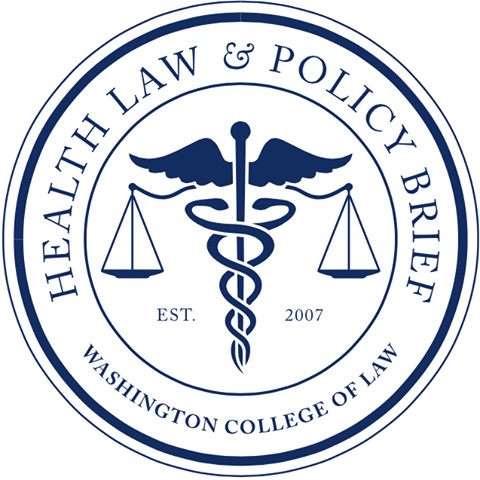On September 30, 2022, the Food and Drug Administration (“FDA”) issued a food safety alert after two kinds of cheese were linked to a listeria outbreak. The cheeses in question? Brie, baked brie, and camembert cheeses made by Old Europe Cheese, Inc. The products were sold under 25 different brand names in major retail stores such as Safeway, Whole Foods, and Trader Joe’s both nationwide and in Mexico.
The recalled products consist of a wide variety of cheeses, ranging from double crème wedges to cranberry baked brie. However, it is far from the first grocery recall that has happened this year. A study conducted by Agruss Law Firm found that in 2022 alone, salmonella and listeria outbreaks led to 49 food and beverage recalls from the FDA, representing 37.4% of all food product recalls. It is a considerable increase compared to 33.3% in 2021 and consists of more than 45% of recalls this past year.
In addition, more than a fifth of grocery recalls this year came from peanut butter products contaminated with salmonella. On May 20, the FDA released a statement announcing the voluntary recall of nearly 50 Jif products for potential salmonella contamination. The recall also affected products distributed in international markets including countries such as Canada, Thailand, and Honduras. An epidemiological review conducted by the Center for Disease Control and Prevention (“CDC”) examined a multistate outbreak of salmonella senftenberg infections. In a joint investigation between the FDA and CDC, the CDC found that out of ten people interviewed, all ten consumed peanut butter and nine out of ten people ate Jif peanut butter products before they became sick. In total, 21 people from 17 states fell ill and four people were hospitalized. Using a process known as Whole Genome Sequencing (WGS) analysis, the FDA discovered that the outbreak was linked to Jif products produced at the J.M. Smucker Company facility in Lexington, Kentucky. Jif then issued a report describing a machinery breach that allowed puddles of water to come into contact with peanut roasting equipment. Plant officials also discovered past incidents of salmonella found at the facility and a report obtained by Axios indicated that the issue may have been considered a routine error or ignored by the company altogether.
However, food recalls this year weren’t limited to cheese and peanut butter. The number of recalled products during the first quarter of 2022 was also the highest figure in a decade due to a large recall of baby formula. This past February, the FDA published a company announcement concerning a voluntary recall of powder formulas produced in a plant owned by Abbott Nutrition. In total, the announcement stated that four infants from three different states contracted a cronobacter sakazakii infection after consuming powdered formula, resulting in two deaths. The FDA’s inspection of the plant revealed that key production areas, including the machinery and floor of the packaging room, tested positive for cronobacter. And similar to the Jif plant, FDA inspectors discovered a water leak dripping from the valves, leading to standing water on the floor and near the floor scrubber. The FDA also found that the company failed to identify the root causes of the cronobacter complaints and that employees in contact with the infant formula did not sanitize their shoes or wear proper protective gear while working.
Many of the issues stemming from recent food recalls can be traced back to supply chain issues and a lack of corporate oversight. While the passage of the Food Safety Modernization Act (FSMA) in 2011 gave the FDA greater authority in responding to food safety complaints, the regulations remain at odds with the increased industrialization and expansion of facilities. However, an increase in food recalls does not necessarily mean an increase in food-borne illnesses or contamination. Since the FSMA allows companies to recall products as a precaution, it enables the FDA to prevent health threats before they begin. As a result, it is important to keep in mind how these recalls can affect consumers of all ages and socioeconomic backgrounds, and to consider how the legal system can provide remedies to resolve issues in safety regulations and corporate oversight.
